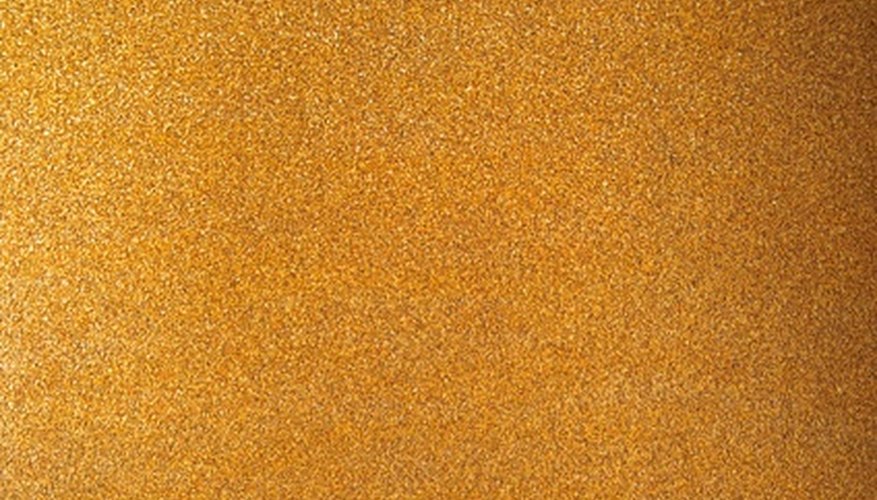Polyurethane expanding foam contains a product made to expand and harden when it contacts air. It works to seal cracks and holes, keep pests out, create water-resistant seals, deaden sound and seal air leaks in your home. You can even use it in sculpting art. Because the foam expands 200 per cent to 300 per cent in a couple of hours, it can overflow if you use too much, spilling out of crevices and onto a table, floor or your skin if you forgot to protect yourself. It begins to harden in minutes, adding to the challenge of removing it.
- Polyurethane expanding foam contains a product made to expand and harden when it contacts air.
- Because the foam expands 200 per cent to 300 per cent in a couple of hours, it can overflow if you use too much, spilling out of crevices and onto a table, floor or your skin if you forgot to protect yourself.
Put on rubber gloves and protective clothing.
Remove expanding foam immediately from areas you do not want it. Use small pieces of cardboard to scrape off excess foam, throwing them away immediately to avoid getting foam elsewhere as it expands.
Pour acetone onto old rags and wipe off excess expanding foam residue the cardboard pieces did not get. Do not get acetone on plastic or painted surfaces because it can cause damage. Open windows and keep acetone away from flames. You can also use nail polish remover made with acetone, or try paint thinner.
Throw away the rags as soon as you finish using them.
Cut hardened expanding foam away using tools like a saw, a sharp knife, a grinding tool and sandpaper.
- Pour acetone onto old rags and wipe off excess expanding foam residue the cardboard pieces did not get.
- Cut hardened expanding foam away using tools like a saw, a sharp knife, a grinding tool and sandpaper.
Remove hardened expanding foam from your skin with pumice or sandpaper. If you get expanded foam on your clothing, it cannot be removed. Throw the clothing away.
WARNING
Always use expanding foam in a location with good ventilation. The foam can lead to headaches, lightheadedness and respiratory distress in people exposed to it without ventilation. Never dispose of a container that has expanding foam in a liquid state. Spray or pour any remaining foam onto cardboard or something else you can throw out. Allow the foam to cure completely before disposing of it.
